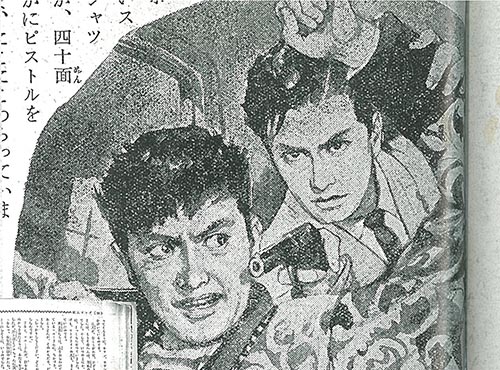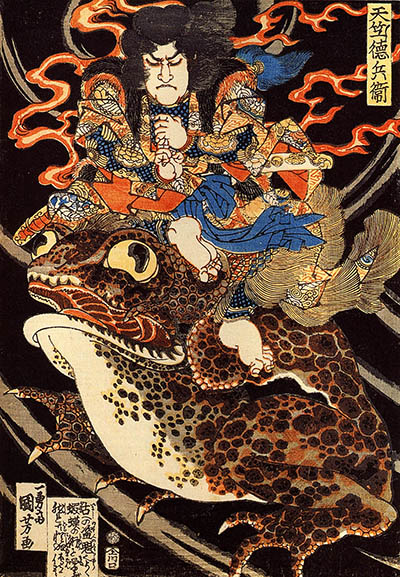
We here at Geek Girl Riot are huge fans of the worlds artists create, and we’re also huge fans of finding out just what, and who, helped to influence their creative processes. So today you’ll be hearing from one of our favorite artists, illustrator Sana Takeda, who is one half of the team behind the comic book series Monstress, along with Marjorie M. Liu. Listen in to hear Sana’s very own Tops List, where she’ll tell you about the artists that have influenced her personal style. Her list has been translated by the wonderful Aki Yanagi, and will be read by GGRioter Sherin Nicole (who, after trying her best to pronounce everything correctly in the following clip, has fully realized her need for Japanese lessons. We applaud her enthusiasm and commitment to this show, and hope you’ll do the same).
Read a transcript of Sana’s Tops List, and see some of the art she talks about below!
Transcript:
For my influential artists, I think was influenced somehow by everything I have seen in the past. Not just from the artists, but everything around me.
So it’s hard to just pick one, but if I have to, I think that one will be the artwork that was in the novel series I read again and again when I was very young. It was a detective serial from the 1920s. Both women and men were drawn gallant and beautifully by Kasho Takabatake.
Note: This is most likely Tantei jiu jitsu kitan(Detective Stories) by Kasho Takabatake and Shiro Tsukuba.
Beyond that, the things that I was influenced by are arranged in a complicated way inside my mind, depending on when and what, so, as I said it is really hard to just pick one or two…
But for the arts that I saw a numbers of times in my childhood, if I were to name a few, will be Goujin Ishihara, and Kasho Takabatake (who I mentioned earlier was the illustrators who drew the detective novels back then) and probably Kuniyoshi Utagawa, the Ukiyo-e woodblock print artists and painters.
For American artists, it may be Edward Hopper and Andrew Wyeth.
I cannot clearly define why they’re so influential, but one thing that I can say is that for me their work is:
“art that I can keep looking at all day long”
“art that I want to see over and over again”
Also, from my daily life, I grew up with manga animation from the 1980s Japan, so I may have some influences from there as well.
For the arts for Monstress, when we started up this project, Marjorie suggested that the base of the designs should be art deco.
But honestly speaking, I wasn’t familiar with art deco so much, so I thought rather than trying to imitate art deco, which I don’t know, I should just mix the things that I already have into art deco for a good balance.
Whenever I try to imitate something that I don’t have inside me, I know that things will turnout unnatural and the readers may not feel connected seeing those illustration because they aren’t authentically me.
That is why, the art of Monstress is a mix of things that I was familiar with from the past (for example, the Japanese Ukiyo-e) and art deco, to build up the style you see in the book.
Besides art deco, Marjorie sends me keywords that relate to the story arc we’re working on, then I always mix in the things “I already have” inside my inspirations to keep the balance.





Podcast: Play in new window | Download


